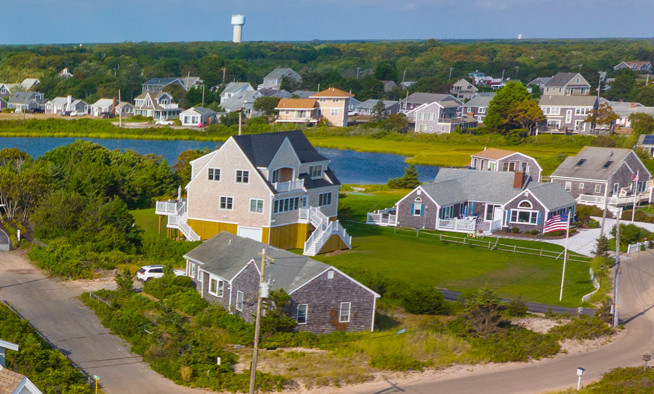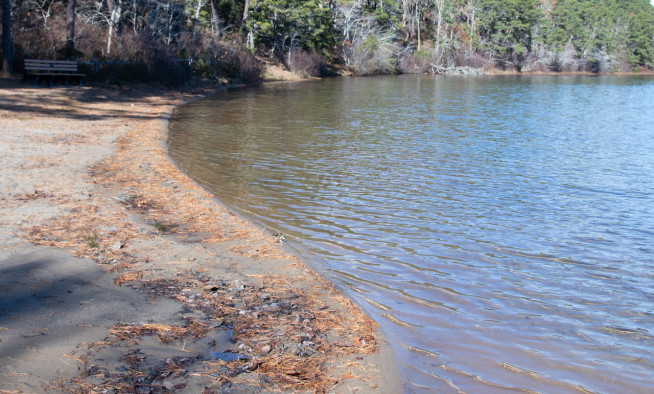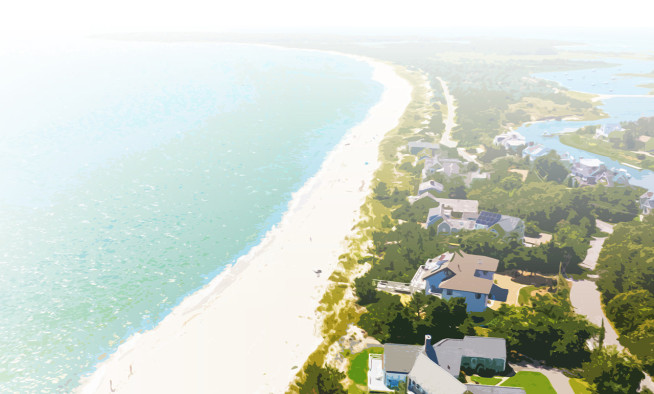BART: Seeing the forest and the trees
FOREST COVER AND DEVELOPMENT ON CAPE COD
http://capecodcommission.org/bart
Even as they stay put, trees are at work.
For homeowners, they represent added property value. Multiple studies across the country recognize that the number, configuration and type of trees affect the value of developed land, including homes. Less recognized are the environmental services trees provide, whether in untouched forests or well-manicured landscapes.
The Cape has seen its forests come and go in the past 400 years. Earlier deforestation tended to result from overuse of woodlands as a resource for things such as firewood and construction materials. While the land was stripped, it could and did regrow over time. What’s different in the 20th century forest loss is that it was replaced by development and impervious surfaces, greatly limiting any ability to rebound.
Where residential development through 1990 was characterized by subdivision of large tracts of open land, the more recent nature of forest cover loss on Cape Cod is death by a thousand cuts. The Cape lost more than 2,300 acres of forest cover between 2001 and 2011,with 70% of the loss replaced by development. These losses vary in degree, from large open-space clearing to seemingly insignificant tree loss on residential lots, but each can be calculated.
The latest edition of BART looks at recent trends in land use and land cover on the Cape.
Related Posts




